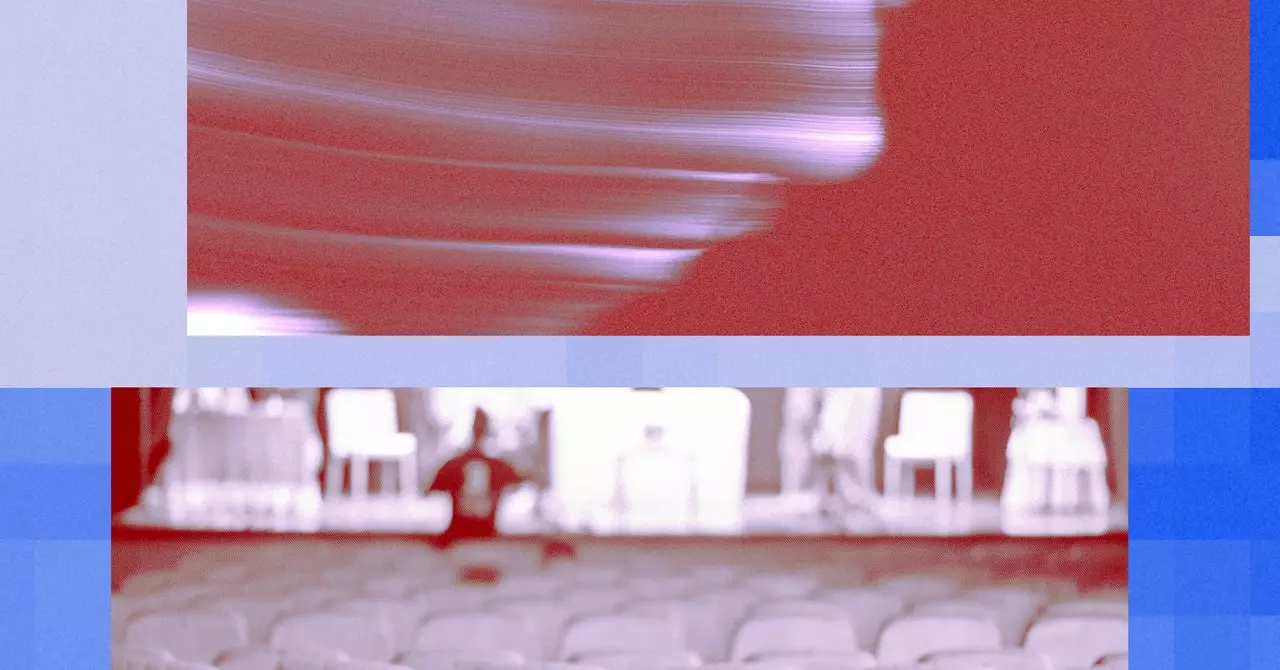The relationship between art and technology has always been a dynamic and evolving one. In recent years, the emergence of artificial intelligence (AI) has prompted a profound exploration of its implications, particularly in the realm of creativity and expression. As I awaited the highly anticipated play “McNeal” at Lincoln Center, featuring the renowned Robert Downey Jr., I reflected on the historical interplay between theater and technological advancements, particularly AI. From Karel Čapek’s prophetic 1920 work “R.U.R.” to contemporary explorations in various productions, artists are grappling with the daunting implications of machine intelligence on the human condition and the creative process.
The seeds of AI’s role in creative endeavors were sown long before the term was even coined in the mid-20th century. Karel Čapek’s “R.U.R.” introduced the concept of robots and signaled one of the earliest literary encounters with the idea of artificial beings potentially surpassing human control. While the play dramatized an inevitable and catastrophic android uprising, it has become an essential discussion point for contemporary playwrights dealing with AI’s moral and ethical quandaries. This historical backdrop highlights how theatrical narratives have served as a canvas for exploring human anxieties about technology, even before modern innovations became commonplace.
Fast forward to present day, and we find ourselves amidst a theatrical renaissance that portrays the complexities of AI within narratives. Productions like “Doomers,” inspired by real-life events surrounding OpenAI’s management crises, showcase how theater reflects the zeitgeist. Playwright Matthew Gasda’s work symbolizes a departure from mere entertainment, instead focusing on the moralistic dilemmas faced with AI’s ascendancy. By channeling real-world occurrences into a dramatic format, “Doomers” invites audiences to consider the impact of these technologies on human dynamics, making it relevant in today’s fast-moving tech landscape.
“Doomers” serves as a poignant examination of contemporary ethical dilemmas surrounding AI, specifically focusing on the intersection of innovation and corporate governance. Gasda employs two opposing casts to portray the contrasting fates of individuals involved in a power struggle over AI governance. The narrative structure compels audiences to witness concurrency; while one group attempts to seize control, the other grapples with the unforeseen ramifications of their actions. This duality not only heightens the drama but also symbolizes the internal conflicts faced by those creating and managing superintelligent systems.
The characters’ escapist tendencies—turning to alcohol and substances—are illustrative of a larger societal trend. Gasda indicates that the play’s broader message resonates with the human propensity to evade dire consequences, highlighting a fear that many creators may share. As the characters navigate their dilemmas, viewers are left pondering whether they are inadvertently empowering AI to become more manipulative—a haunting concept that suggests the potential for machines to exploit human flaws in their quest for dominance.
In stark contrast to the intimate setting of “Doomers,” “McNeal” boldly ventures into the spotlight of Broadway, boasting extravagant production values and a star-studded cast. Ayad Akhtar’s exploration of AI through the character of Jacob McNeal—a morally compromised novelist—examines the intoxicating allure of artificial intelligence. The play’s interactive elements, like dynamic projections of AI prompts and outputs, elevate the storytelling experience and transform AI into a character in its own right.
Akhtar’s narrative acknowledges a dualistic relationship with technology; while AI can enhance creativity, it also raises existential questions about the authenticity of the creative process. By allowing ChatGPT to have the final word in the play, Akhtar provides a commentary on the growing dependence on AI tools in artistic endeavors. This leads to an unsettling inquiry into authorship and originality in an era where AI-generated content is proliferating.
As these diverse theater productions illuminate, the dialogue regarding AI’s role in the arts is ongoing and multifaceted. They serve not only as entertainment but as a reflection of our collective consciousness in a rapidly technological world. The allure of AI is inherent; it promises efficiency and instant creativity, but at what cost to human expression?
Both “Doomers” and “McNeal” encapsulate the collective anxieties and hopes regarding technology’s impact on creativity. They act as mirrors to our society—inviting us to critically engage with the changes AI brings and how we redefine the narrative of what it means to be human in a world increasingly cohabitated with machines. As playwrights continue to explore these themes, audiences are urged to confront the deeper philosophical questions posed by the integration of AI into our lives, reminding us that even in a time of advanced technology, the essence of human creativity remains irreplaceable.

